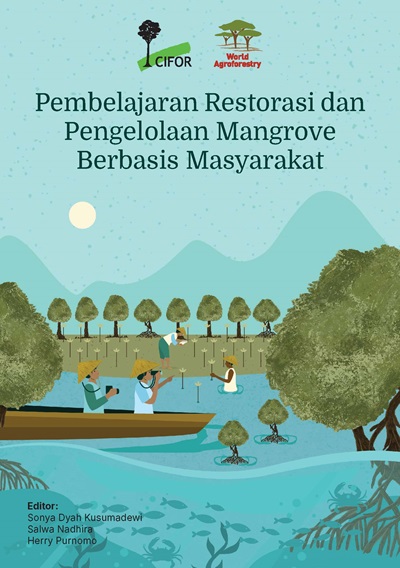The 2004 Sumatra-Andaman earthquake caused a devastating tsunami and shifts in land elevations, which had an instantaneous as well as the long-term impact on the ecology of Andaman Islands. Especially, the coastal uplift and subsidence has altered the tidal regime, leading to mass mortality and degradation of mangroves (~150 sq. km). The tectonic shift in the Andaman archipelago has created three broader geographical units: North Andaman with coastal uplift (~1.3 m)– sea level drop (SLD) scenario; Middle Andaman with minor to no change in coastal geomorphology – no change scenario; and South Andaman with coastal subsidence (~1.1 m)– sea level rise (SLR) scenario. How these changes in tidal regime has influenced mangrove vegetation remain less understood. Therefore, we assessed mangrove vegetation characteristics across the Andaman Islands to examine mangrove response to coastal uplift and subsidence after 16 years since the disturbance. The uplifted sites mimicking SLD scenario appeared more destructive to vegetation (tree density - 771/ha) in comparison to subsided sites mimicking SLR scenario (tree density - 937/ha), while no change sites with highest tree density (1288/ha) showed lowest impacts to vegetation. The species diversity (H’=Shannon-Wiener index) within recruitment cohorts (seedlings:
DOI:
https://doi.org/10.1016/j.rsma.2024.103583
Skor altmetrik:
Jumlah Kutipan Dimensi:



















